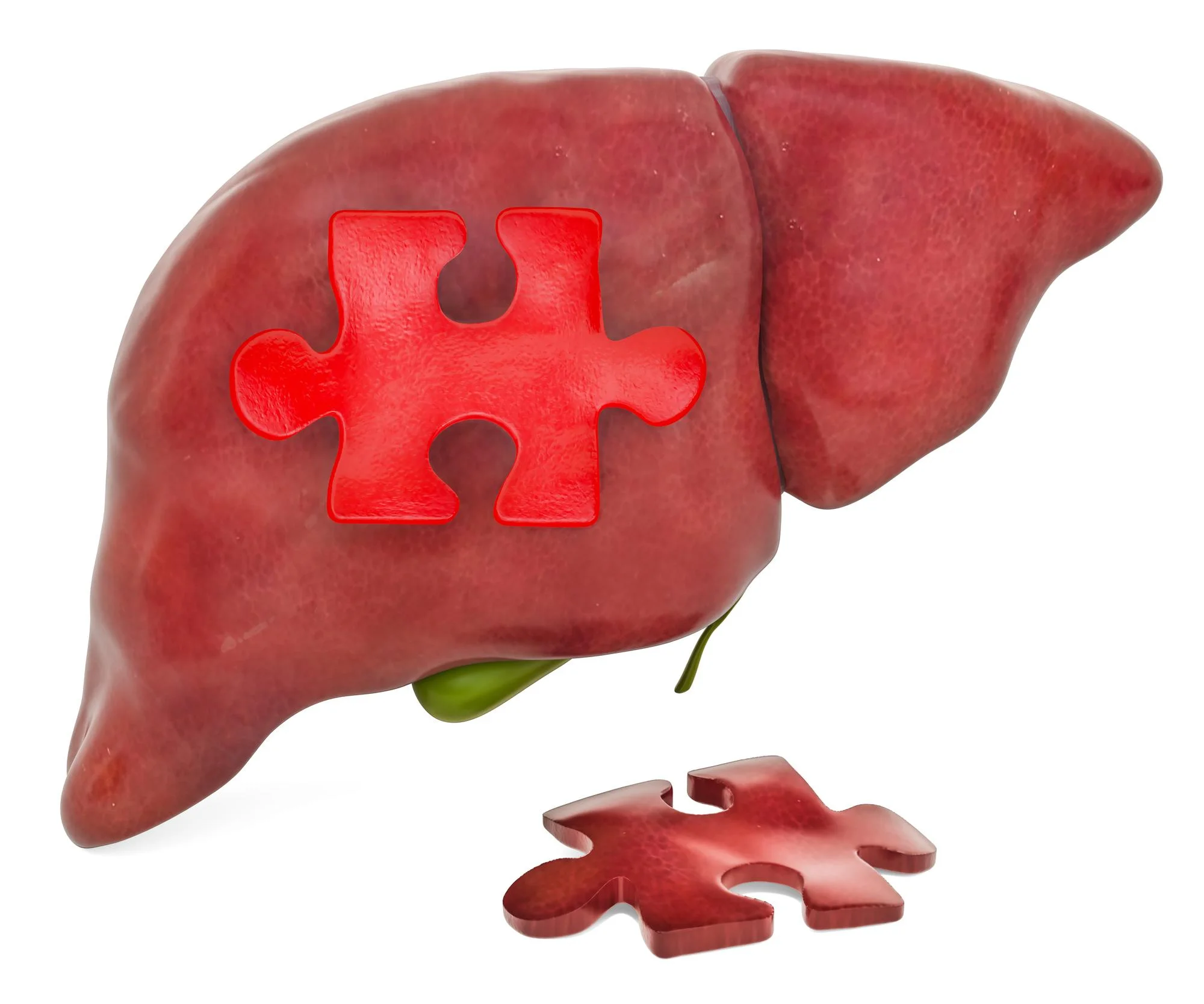Laura L. Caracuel, Esther E. Sastre, Pablo P. Llévenes, Isabel I. Prieto, Tania T. Funes, Mª Ángeles MÁ Aller, Jaime J. Arias, Gloria G. Balfagón, and Javier J. Blanco-Rivero
A recent study published in *Scientific Reports* has shed light on the complex interaction between the vascular system and acute-on-chronic liver disease. The research, led by Caracuel et al., explores how phenylephrine—an alpha-1 adrenergic receptor agonist—affects endothelial nitric oxide (NO) release in mesenteric resistance arteries in rats with liver disease. This groundbreaking work offers implications for treatment strategies and enhancing our understanding of such conditions.
DOI: 10.1038/s41598-019-43513-y
According to the study titled “Acute-on-chronic liver disease enhances phenylephrine-induced endothelial nitric oxide release in rat mesenteric resistance arteries through enhanced PKA, PI3K/AKT and cGMP signalling pathways,” Caracuel and colleagues utilized a meticulous approach involving rats subjected to a microsurgical obstructive liver cholestasis model to mimic the acute-on-chronic liver condition.
Significance of the Study
Liver diseases, particularly those in decompensated stages, present a significant healthcare burden worldwide. Acute-on-chronic liver disease characteristically brings about complications such as portal hypertension and splanchnic hyperdynamic circulation, leading to life-threatening conditions. The mesenteric resistance arteries (MRA), which supply blood to the intestines, are essential as they contribute majorly to the overall vascular resistance and thus blood pressure regulation.
Findings and Implications
The team observed that phenylephrine (Phe)-induced vasoconstriction was blunted in rats with liver cholestasis (LC), while DEA-NO-induced vasodilation, used as a NO donor, was enhanced. The study’s results revealed that Phe induced more significant NO release in MRA from LC rats. Additionally, the inhibition of either Protein Kinase A (PKA) by H89 or Phosphoinositide 3-Kinases (PI3K) by LY294002 reduced NO release, pointing toward the involvement of these kinases in the process.
Further examination showed that alpha-1 adrenoceptor expressions remained unchanged, indicating that receptor density did not account for the enhanced response. Meanwhile, enhanced eNOS and AKT phosphorylation, plus increased activity of PKA and cGMP-dependent protein kinase (PKG), were noted in MRA from LC animals, suggesting heightened activity at the kinase level.
These findings underscore a complex interrelationship of signalling pathways involving PKA, PI3K/AKT, and cGMP in modulating vascular responses in liver disease. The results highlight that upregulation of these pathways may help in maintaining splanchnic vasodilation and counteracting hypotension observed in decompensated liver cirrhosis.
Potential for Therapy
This study opens the door to therapeutic possibilities. Given the crucial role of NO in vasodilation and its impact on vascular diseases, this research proposes a rationale for targeting specific kinase pathways to control vascular responses in liver disease. This could lead to the development of medications that aim to optimize NO release and vascular function, offering new hope for patients.
References
1. DOI for the study: 10.1038/s41598-019-43513-y
2. Stewart SF, Day CP. “The management of alcoholic liver disease.” J Hepatol. 2003;38(Suppl):2–13. (https://doi.org/10.1016/S0168-8278(02)00427-0)
3. Iwakiri Y, Groszmann RJ. “The hyperdynamic circulation of chronic liver diseases: from the patient to the molecule.” Hepatology. 2006;43(2 Suppl 1):S121–131. (https://doi.org/10.1002/hep.20993)
4. Aller MA, et al. “Experimental obstructive cholestasis: the wound-like inflammatory liver response.” Fibrogenesis Tissue Repair. 2008;1(1):6. (https://doi.org/10.1186/1755-1536-1-6)
5. Pinzani M, Luong TV. “Pathogenesis of biliary fibrosis.” *Biochim Biophys Acta Mol Basis Dis*. 2018;1864(4 Pt B):1279–1283.(https://doi.org/10.1016/j.bbadis.2017.07.026)
6. Møller S, Bendtsen F, Henriksen JH. “Vasoactive substances in the circulatory dysfunction of cirrhosis.” *Scand J Clin Lab Invest*. 2001;61(6):421–429.(https://doi.org/10.1080/00365510152567059)
Keywords
1. Acute-on-Chronic Liver Disease
2. Endothelial Nitric Oxide Release
3. Phenylephrine Vascular Response
4. Portal Hypertension Treatment
5. Mesenteric Resistance Arteries Research
This study not only broadens our understanding of the physiological responses in liver disease but also sets a building block for developing novel therapeutic interventions that could significantly improve the quality of life for patients with decompensated liver cirrhosis.
